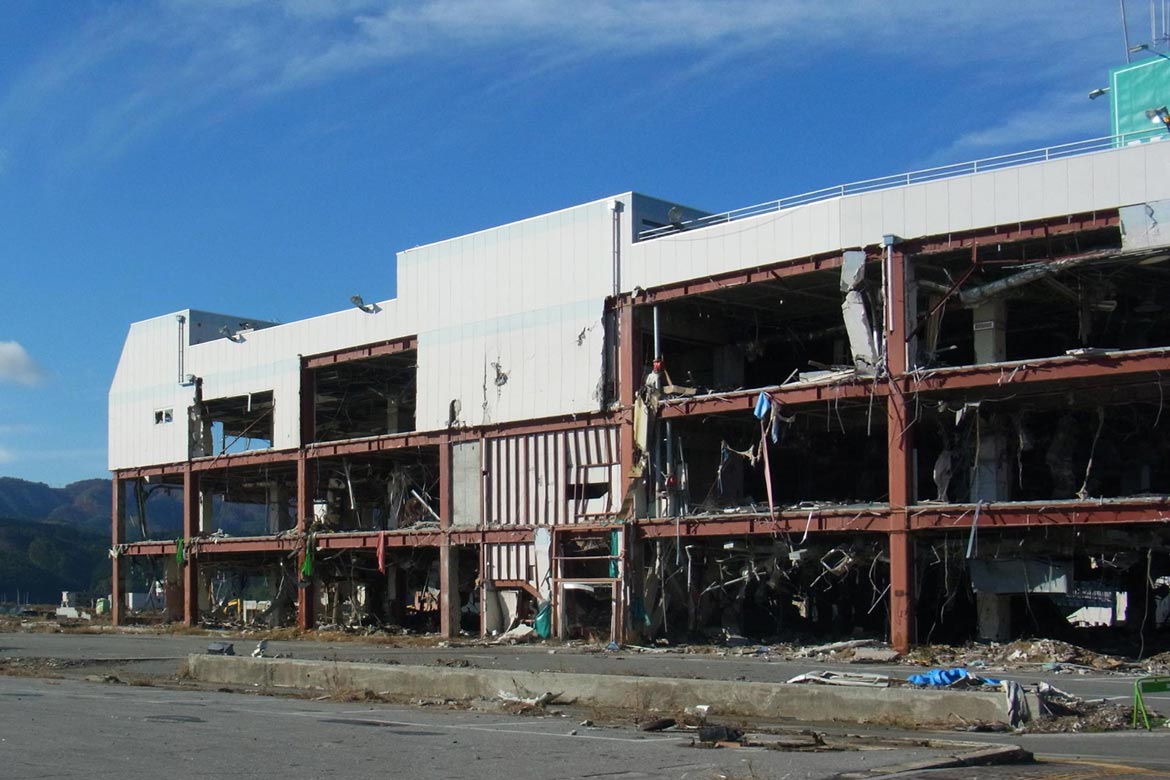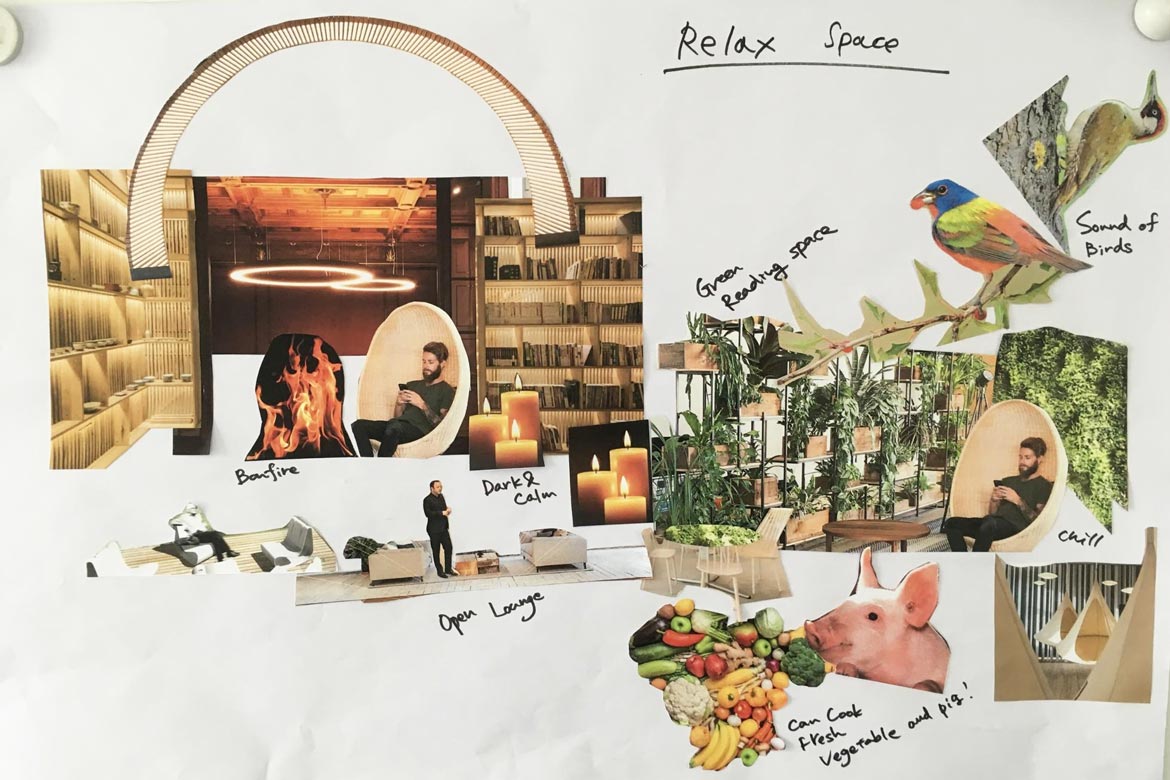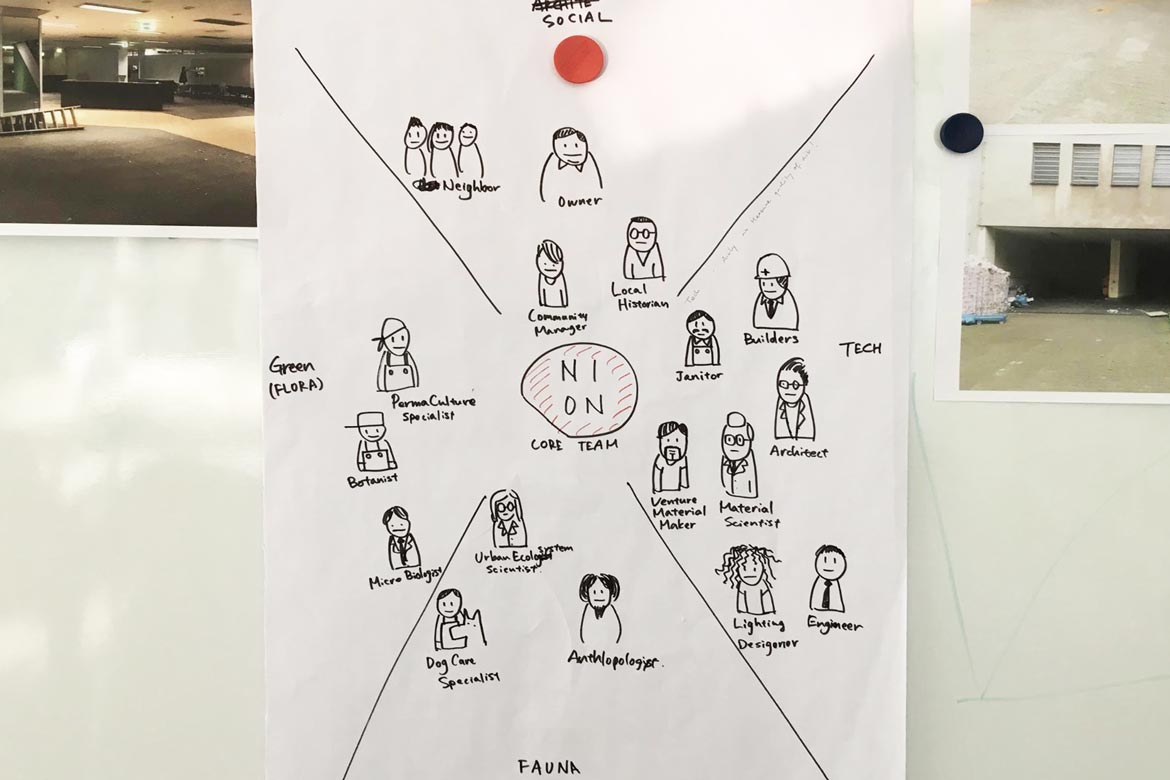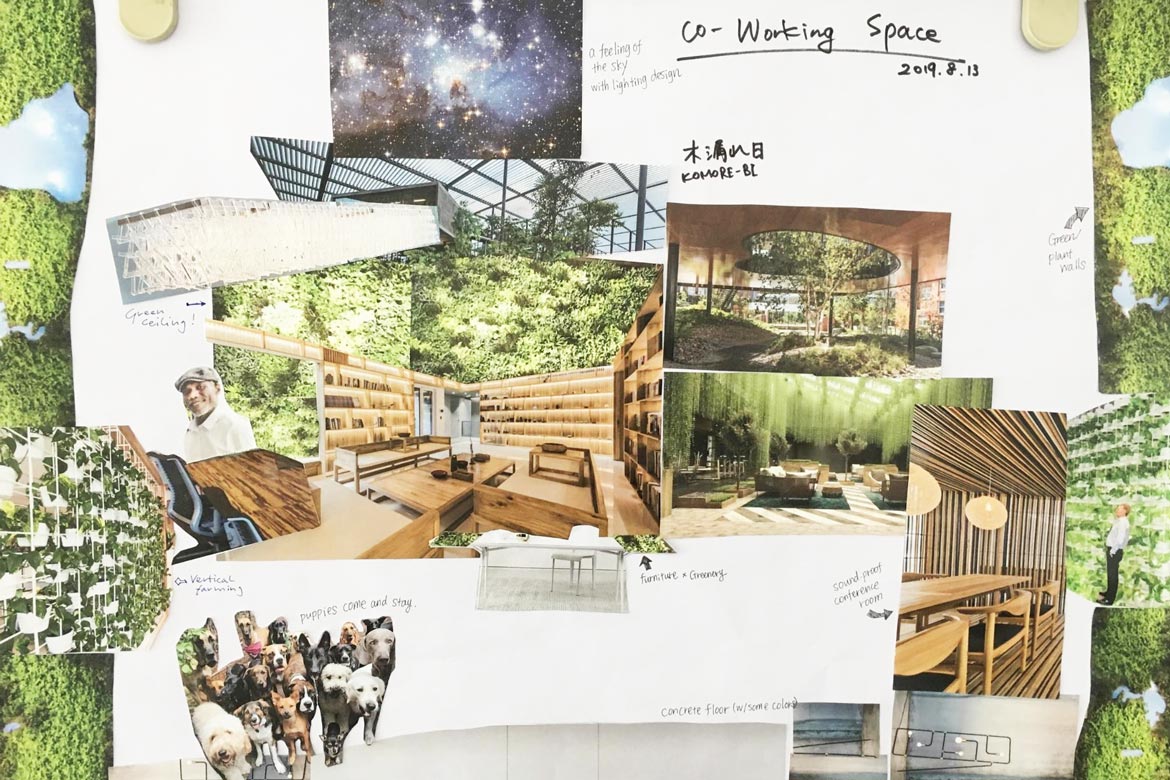Last month, a Japanese architect, Yoichi Koizumi, visited NION to brainstorm in a workshop how we can collaborate. Together we studied preceding examples of green architecture and got some wonderful insights.
It was in 2011 when I was acquainted with a young Japanese architect, Yoichi Koizumi. He was assigned by his company OnDesign Partners, a Yokohama-based architecture office, to support a restoration project in Ishinomaki, Iwate Prefecture, in response to the Great East Japan Earthquake, which induced such aftermaths as Tsunami disasters and the Fukushima Daiichi Nuclear Disaster. He lived in the town for four years and led multiple community efforts to revitalise the devastatingly damaged region as well as local people’s emotions who literally lost everything. I periodically traveled to the affected regions for my pro-bono work to facilitate multi-stakeholder dialogues with victims and had the chance to meet Yoichi once .

Summer 2019, Yoichi was no longer a newbie but experienced architect with his new vision, citizen-led participatory urban design. In order to deepen his expertise in this field, he did research on case studies in Europe, found NION and that I was part of it. So he contacted me and we decided to have an architectural workshop in Berlin.
Diving into Biophilic Design
Purposes of the workshop were to study preceding examples of green architecture and create mood boards by collaging. Particularly, we examined Biophilic Design. It is the practice of connecting people and nature within built environments and communities.The term biophilic comes from the idea named Biophilia Hypothesis: humans have an inherited need to connect to nature and other biotic forms due to our evolutionary dependence on it for survival and personal fulfillment (Wikipedia). Biophilic Design is an application of the concept and gives you tools to physically manifest it in a house, office, public space, and larger city landscape.
As you may know, NION has started an initiative “Biodiver-City Hack” since the beginning of the year. Biodiver-City Hack aims to retrieve our appreciation and close connection to urban Nature in a wide variety of ways, ranging from architecture and design to spiritual and ritualistic practices. With this initiative NION would also like to create a circle of interdisciplinary people.

Insights and learnings of our workshop
1. Japanese Shintoism Shrine as an inspiration for NION Biophilia
Represented by the iconic shape and brilliant vermilion of Torii Gates, the Japanese Shinto shrine is a house of the sacred. Besides that, it is neighbors’ beloved public space for a quiet refuge from the busy city centers or a short stroll. The shrine is mostly built in the heart of nature, whether it’s in dense woods or the ocean. Despite extensive urbanisation in Japan, you can easily find thick greens in its surroundings. The shrine functions also as a focal point of community activities: Kids run around there after school. Seasonal festivals to worship gods and goddesses enhance neighbors’ solidarity. People knee down at the shrine to pray for loved ones in difficulty. Young lovers sneak under the shadow of the shrine for a romantic rendezvous. The shrine has a plenty of elements that we would love to incorporate in NION.
2. Participatory Process Design
Biodiver-City Hack is our initiative to bring back more nature to our everyday life. It means, but not limited to, that there will be many plants and flowers in our space and we will design it in such a way that our community members can easily take care of them. They don’t need to be permaculture experts or urban farming enthusiasts! We will start with the community from developing a simple DIY maintenance system.
3. Architectural Process Design x Community Development
Suppose we get a property to build from scratch or a building to renovate. How much do we want stakeholders to be involved in the architectural process? What is ideal and what is reality? There are numerous community-driven projects that make wonderful co-living and co-working spaces in and around Berlin. One of NION’s characteristics that might be slightly different from the great forerunners is our active collaboration with corporates. We are a community of practice. We are a collective of entrepreneurial and artistic individuals. At the same time, we want to co-create a collaborative economy with existing businesses and corporations. Then, what is the right balance of all players who take part in the architectural design process and community development from decision-making, leadership, and financial perspectives? A big question to keep on thinking.



